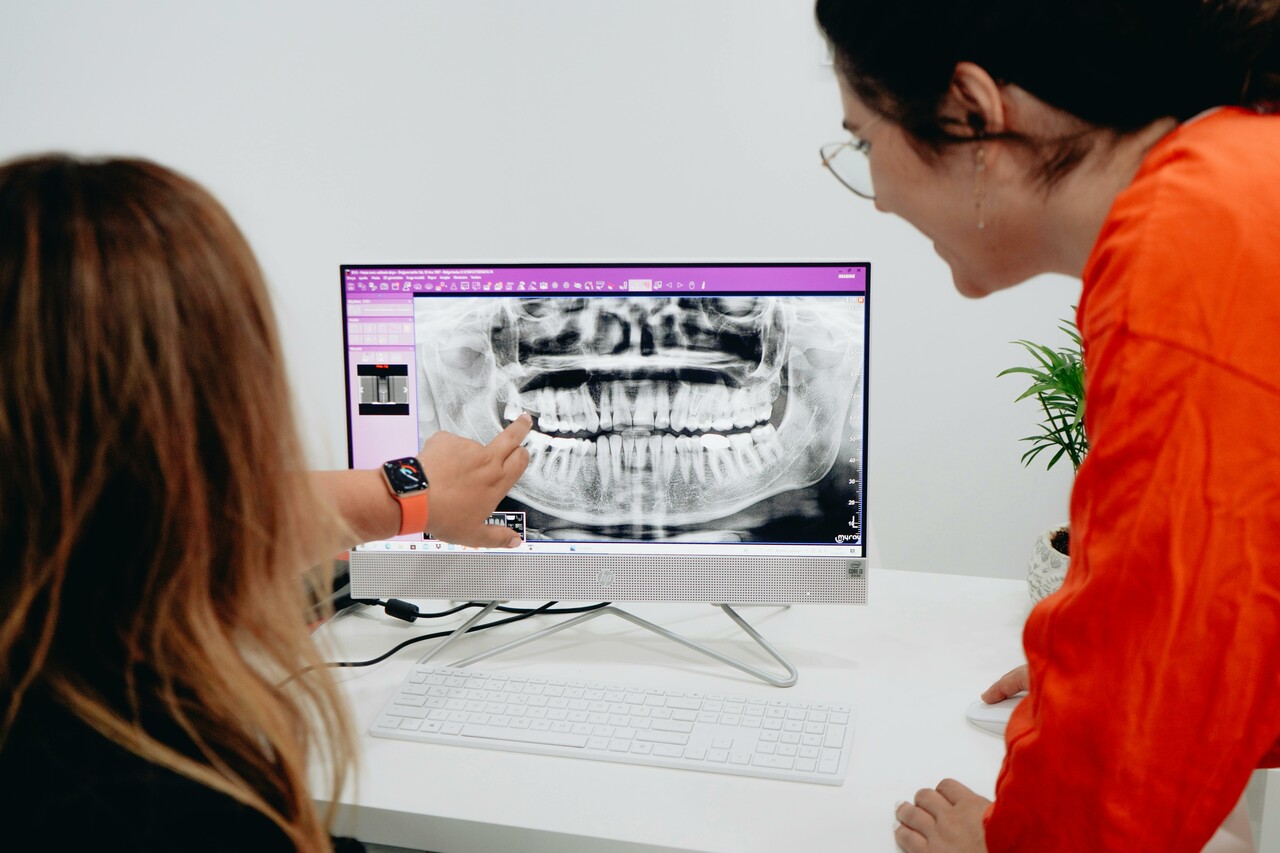Introduction
Temporomandibular Joint (TMJ) disorder, also known as TMD, can cause issues that affect jaw muscles and soft tissues, leading to headaches, jaw pain, teeth clenching, and more. These issues can last from a few days to several years, causing patients to seek out options to relieve their pain.
While typically used for cosmetic purposes, Botox is an option available for those struggling with TMD symptoms by reducing muscle tension and alleviating pain around the affected area.
What is TMD?
Temporomandibular disorders affect the jaw joint, or the temporomandibular joint. This joint connects the jaw to the skull at two points on either side of the face. Patients with TMJ usually have symptoms of jaw or facial pain. Sometimes, patients can experience jaw click, stiffness, migraines, and other symptoms. These symptoms can last anywhere from a few days to years.
If you’re living with TMJ, you may find that doing simple tasks such as eating, drinking, or even talking are exhausting. Because we need to complete these tasks every day, the repetitive movements can cause symptoms to worsen, potentially causing mental health and other disorders due to the constant discomfort.
Can Botox help jaw clenching?
Botox can help alleviate TMJ symptoms such as jaw clenching, by paralyzing the muscles around the joints. Using Botox to relax the muscles around the jaw joint helps reduce muscle activity, tension, and spasms. Patients can feel relief from the reduced, involuntary movement in the jaw. Overall, Botox can help improve jaw mobility and functionality, allowing patients with TMJ to go back to their normal daily habits.
What is the downside of Botox for TMJ?
Generally considered safe and effective when administered by a certified professional, Botox is a popular option to help patients with TMJ. Botox treatments are not a permanent solution for TMJ, but they can be readministered when TMJ symptoms begin to reappear. However, with any procedure, there are associated risks. Patients may experience:
- Sensitivity or redness at the injection site
- Weakness in the jaw muscles
- Nausea
- Bruising or mild pain
- Infection
It’s important to discuss any possible side effects or potential risks with your doctor. Our staff at Blue Illusion is always here to help answer any questions you may have before undergoing Botox treatment for TMJ.
How long does Botox for TMJ last?
The effects for Botox typically last for about three to four months. It is possible for patients to experience the effects wearing off sooner than three months, as results may vary. Botox treatments can be readministered once the effects diminish, allowing patients to maintain continuous relief from TMJ symptoms. Be sure to schedule routine appointments with Blue Illusion to help keep discomfort from TMJ at bay.
Is Botox for TMJ covered by insurance?
While Botox is not covered for cosmetic use under insurance, it is possible to get Botox treatments covered for medical reasons. Be sure to check with your insurance and your doctor to see if Botox treatments are covered under your insurance plan. Blue Illusion works with some major insurance companies to find possible coverage options for patients seeking relief from TMJ symptoms. Additionally, our clinic offers financing options through credible companies to help you get the treatment you need.
How much is botox for TMJ?
Botox treatment costs may vary depending on how many injections are needed. To find out the cost of treatment through Blue Illusion, you can reach out to Dr. Ritvik Mehta (or our staff) to schedule a free consultation. During the consultation, Dr. Mehta will work with you to ensure Botox injections are the best treatment option for your concerns.
What can I expect after Botox for TMJ?
Immediately after treatment, patients may notice some discomfort around the injection site. If pain increases or persists, please reach out to our office so one of our board-certified surgeons can help ensure your treatment plan is the most effective option.
Over the following weeks, you can expect to feel gradual relief from TMJ symptoms. Most patients find they have significant improvements in their ability to perform daily tasks without discomfort. This can lead to an improved quality of life due to better sleep, ease of drinking or eating, and overall daily functioning.
For the best possible outcome after receiving Botox for TMJ, be sure to follow any post-care instructions provided by your doctor. This may include avoiding highly strenuous activities, taking pain medication as advised, and possibly icing the injection area to help reduce swelling.
Conclusion
Temporomandibular Joint (TMJ) disorder can affect daily life with issues such as headaches, jaw pain, or jaw clicking. Thankfully, these symptoms can be lessened with Botox treatments to provide relief from muscle tension or other pain associated with TMJ.
Blue Illusion is dedicated to providing care that is personalized to you, so you can get the proper treatments for optimal results. From the initial free consultation to follow-up appointments, our patients are listened to and given the highest quality of care possible for their unique needs. With the right tools and treatments, the journey to TMJ relief doesn’t have to be difficult.

